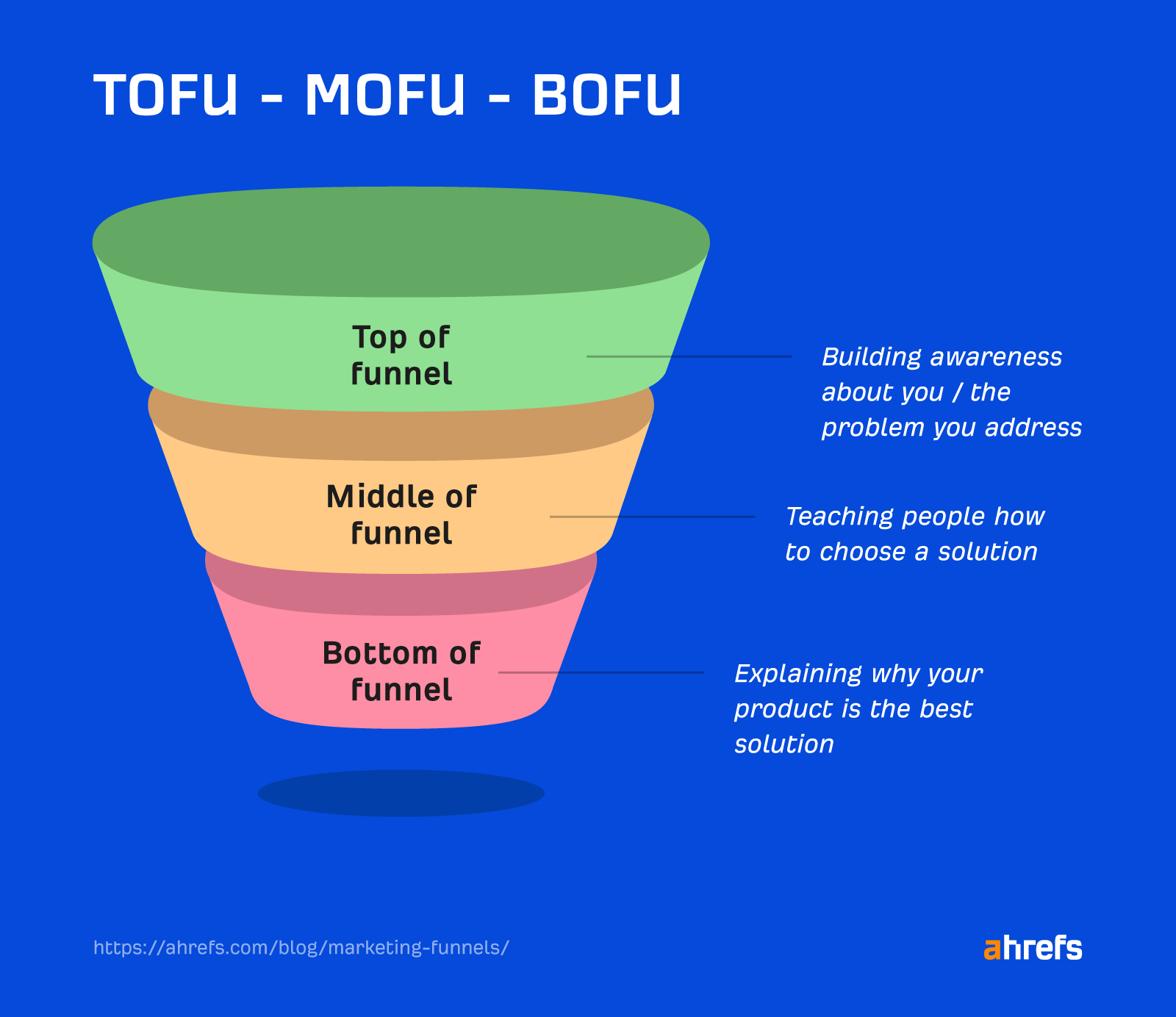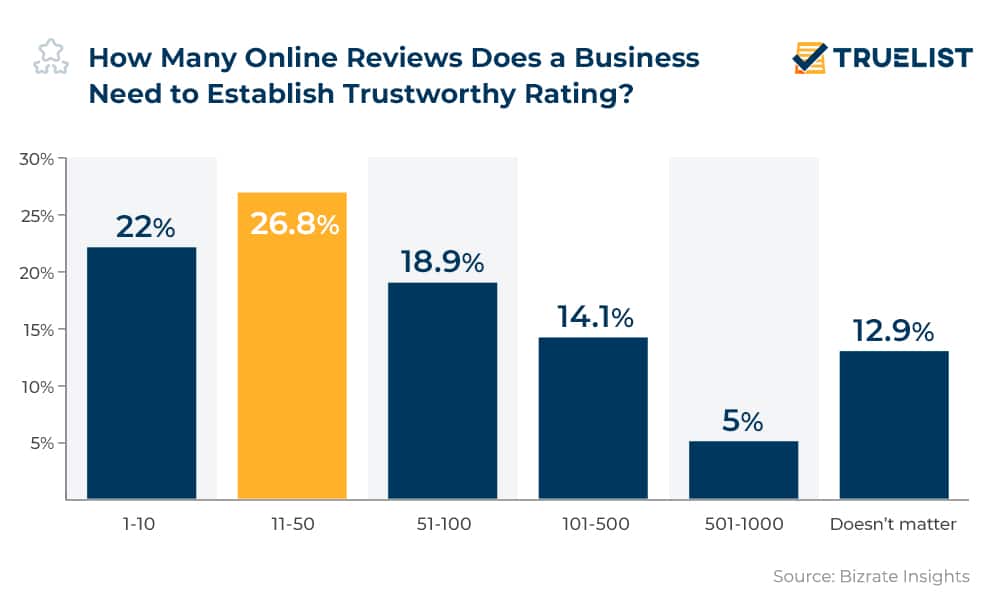Strategy
Content Strategy for the Web: How Content Plays a Role in Conversion
Whether you want them to hit the “checkout” button, fill out a form, or sign up for your newsletter, converting site visitors is often easier said than done. But with the right content strategy for the web, you can create a seamless and persuasive customer journey that guides visitors through the marketing funnel and ultimately results in a hard-won conversion.
Here’s a deep dive into how content can play a role in supporting conversions on your site.
The Marketing Funnel: A Quick Recap
Thanks to the abundance of choices available, modern consumers rarely convert immediately after landing on a site for the first time. Let’s be honest: They’re pretty fickle and easily distracted as well.
A content strategy for the web should align with each stage of the marketing funnel, including:
- Awareness. When site visitors don’t know your brand and what you offer, top-funnel content that catches their eye often reflects the topics they’re already searching for and interested in.
- Consideration. Although site visitors are now familiar with your brand, they need compelling mid-funnel content to begin actively considering your product or service over your competitors.
- Conversion. Site visitors are on the verge of converting, but it’s not a done deal yet. The aim here is to help them make an informed purchase decision—this means creating clear and concise bottom-of-funnel content that builds trust and answers any lingering questions so they’re encouraged to say “yes.”
Beyond Blogs: 4 Types of Content That Aid Conversions
Most marketers make the mistake of limiting their imagination to blogs when building their content strategy for the web. While top-of-funnel (TOFU) blogs are a fantastic (and must-have) foundation for any content marketing effort, they’re usually not enough to seal the deal—even if you encourage site visitors to follow through by exploring a middle-of-funnel (MOFU) quiz, webinar, or whitepaper.
Instead, you need bottom-of-the-funnel (BOFU) content designed specifically to aid conversions, such as:
1. Competitor battle cards: How do your services and products compare to your competitors in terms of price, unique features, or benefits?
2. Case studies and testimonials: Approximately 95% of consumers read online reviews before shopping—this means offering real-world examples of your product or service in action builds the trust and credibility essential for conversion.
3. Product demo videos: Not only can they help site visitors understand how your product or service works, but they can also help grab the attention of those site visitors who would rather sit back and press play.
4.FAQs: Providing clear and concise answers to frequently asked questions can address any concerns holding back site visitors from converting.
6 Tips for Building a Content Strategy for the Web That Drives Conversions
Knowing what type of content drives conversions is one thing, but creating effective content that site visitors choose to engage with over other distractions—their TikTok feed, the latest season of Love Is Blind, you name it—is a whole different challenge.
So, without further ado, here are six best practices to turn lackluster content into conversion-driving marvels.
1. Optimize for SEO.
We’re not going to pretend that content marketing SEO isn’t a formidable challenge to overcome. However, by ensuring that your content is optimized for search engines (e.g., by using relevant keywords and crafting meta descriptions), you’ll attract more site visitors.
2. Use clear CTAs.
Ever visit a site only to have no clue what you’re supposed to do next? Content that successfully converts must include concise call-to-actions, whether directing site visitors to sign up for a free trial, make a purchase, or submit an inquiry form.
3. Update your content regularly.
Outdated statistics, facts, and references are a major red flag for any website. Since content designed to convert (such as case studies or competitor comparisons) is usually heavy on real-world examples and data, regularly refreshing your content across blogs, landing pages, and reports is a no-brainer. This also helps combat content decay and revigorate new interest in stale web pages.
Pro tip: Before you jump in and start replacing all those old pop culture references, take a moment to analyze the performance of each piece of content, paying particular attention to trends around conversion rates, bounce rates, and time on page. You can then embark on the optimization process with more insights into overarching areas for improvement.
4. Spice it up with visuals.
Nobody likes reading an impenetrable wall of text, so give some love to your visual content strategy for the web. Not only can site visitors grasp complex information better through infographics, GIFs, videos, and charts, but they’re able to remember it better, too.
5. Explore downloadables.
For B2B brands, downloadable content, such as eBooks, worksheets, templates, or fact sheets, is great for lead generation and allows your site visitors to share relevant resources with other decision-makers in their company.
6. Address specific pain points.
When site visitors are close to converting, they usually see your brand as a solution that either addresses a pain point or need in their life. Try to get into their psyche by creating content that acknowledges their problem, how you can help, and why you’re the best option.
Ready, Set, Convert
Think of content and conversions as two peas in a pod: Without content, there is no vehicle for conversions; without conversions, content is simply information without a purpose.
By aligning your content strategy for the web with the marketing funnel, you can create a compelling customer journey that encourages site visitors to take the logical next step: converting.
Want more secrets to a top-notch content strategy for the web that attracts, engages, and converts? Sign up for The Content Strategist Newsletter to receive content strategy tips in your inbox.
Image by MicroStockHub
Get better at your job right now.
Read our monthly newsletter to master content marketing. It’s made for marketers, creators, and everyone in between.






